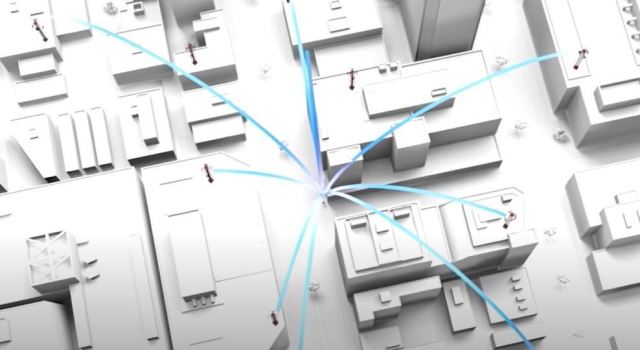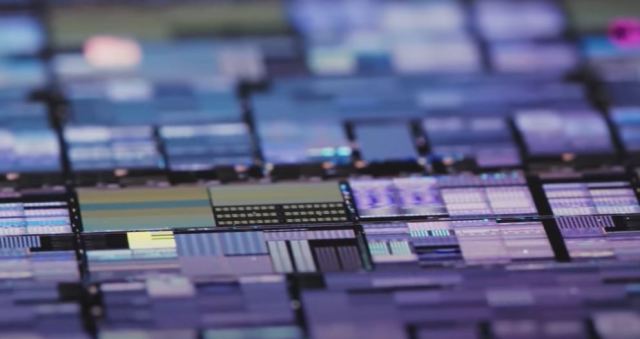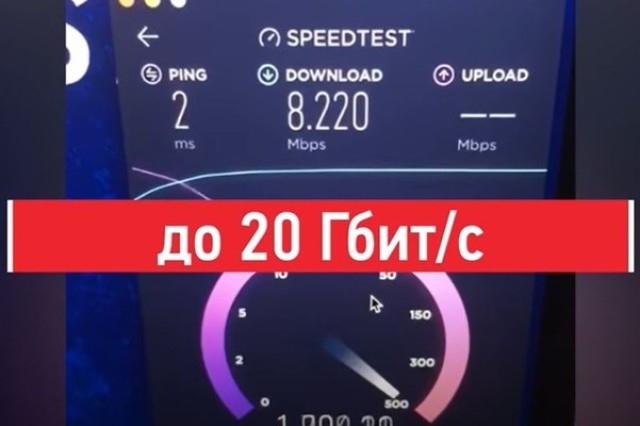in 2020, the prospects for 5g networks will continue to be hotly contested in the wireless industry. As the number of 5G deployments increases, so will the number of additional technologies that offer low-power flexibility, cost-effective power, and low-bandwidth options for mass Internet of Things (IoT) deployments. These solutions complement the strengths of 5G and provide a broader set of tools to support different use cases.
It has become clear that as 4G and 5G target low-latency and high-bandwidth applications, most of the vast IoT space will be led by mobile operators, as well as unlicensed frequency spectrum operators and businesses in private deployments.
With LoRa devices and the LoRaWAN Protocol, businesses and individuals can benefit from a flexible, cost-effective, easy-to-implement IoT solution that provides a long range and low power consumption.
However, the wrong perception continues to haunt 5G. Below are the 11 most common myths about 5G.
5g covers all use cases
While 5G was designed to provide higher speeds and connectivity, the lora and LoRaWAN protocol were designed for a variety of use cases where infrequently used communication devices need to be battery-powered and can operate in the field for extended periods of time. With its wide range and low power consumption, lora has the ability to penetrate physical obstacles that 5G signals cannot pass through. lora and the LoRaWAN protocol meet these requirements as efficiency is at the forefront of customer needs.
in addition, the protocol has a communication range that reaches more than six miles, which is more than the 5g mmwave variant (millimeter waves). While 5G may be optimal for video calls or ultra-low latency applications, lora and LoRaWAN are ideal for water, gas, various agricultural applications, smart buildings and smart parks, among many others. Finally, the cost-effectiveness of deploying a LoRaWAN network reveals the ability to seal the network, optimize device battery life, bandwidth, and coverage.
5G provides coverage everywhere
one of the main reasons why 4g is trying to cover the maximum area is due to increasingly congested networks, and expanding or compacting them has become a problem (the problem of acquiring towers). as a result, operators are eager to switch to 5g networks; otherwise, the current mobile network capabilities will deteriorate.

according to opensignal's report on 5g capabilities, mobile operators want to ensure optimal customer service and maximize their investment in licensed spectrum. Thus, 5G becomes more attractive due to more efficient use of this valuable asset. while 5g has only started opening up to some consumers, operators are still looking for a better revenue model before investing heavily in deployment. Even if 5G will provide more bandwidth in some areas, it will require more towers due to higher frequencies.
Installing 5G towers does not require large costs
A recent McKinsey report predicts that about $ 700-900 billion will be invested in initial 5G installations, which will cover about 25% of the world's population in the next decade. 5G investments will take years, and operators still need to find a return on investment (ROI). Moreover, operators have been investing heavily in 4G networks for more than 10 years and do not want the existing infrastructure to "go into the sunset"too quickly.
One of the most important factors contributing to the use of the LoRaWAN protocol is its cost-effective network architecture, while there is no need to own a licensed spectrum. This reduces the initial investment in infrastructure and operating costs, as well as the cost of sensors for target host. In particular, it requires less power to deploy than other solutions, and due to the long battery life (up to 10 years), overall costs are reduced over time.
5G and other Internet of Things (IoT) protocols will not be able to co-exist
The wireless market demonstrates a network strategy with multiple "radio access" for communication solutions. this means that companies and individuals will use the best technology for the best use case if the data management layer can easily connect any technology.

the complexity and breadth of 5g use cases are huge, and no single technology can cover them all. Using other technologies, the 5G ecosystem can use the" most appropriate " technologies to support its applications.
the only source of broadband networks will be 5g
5G is one of several technologies that will improve mobile broadband access and IoT support. 4G, Wi-Fi, fiber and satellite services already offer reliable ways to serve a variety of broadband use cases. In some cases, such as last-mile delivery, 5G may even be inferior to other technologies, such as Wi-Fi 6 .
There is also a new generation of high-bandwidth satellites that can provide broadband in remote areas where 5G will not be deployed. in urban areas, wired fiber networks can be deployed, providing higher bandwidth (tens of gigabits) and reliability compared to 5g.
only 3gpp technologies are connected to the 5g core
5G is not just an evolution of 4G, but the first version of the new 3GPP specifications, which really opens the standard for all types of communication technologies-mobile, wired, fixed wireless, satellite, licensed and unlicensed technologies such as Wi-Fi and LoRaWAN. This specification offers interoperability, versatility, and value for many verticals.
5G is easy to implement
To set up a 5G solution, you need to create an infrastructure. when using 5g, signals pass through new radio frequencies, which requires updating the equipment on cell towers. depending on the type of assets that mobile operators can access, 5g solutions can use existing 4g networks, which will create a hybrid 4g / 5g architecture. however, this is a huge investment.
Moreover, operators need to make deep changes in the organization and architecture in the direction of the basic 5G network, which is fully focused on cloud technologies and virtualization. this is a transition from physical infrastructure to a network-as-a-service paradigm.
With existing infrastructure and network, LoRaWAN devices are easy to install and can be easily performed by non-specialized workers. Even in the relatively distant future, when all industries are considered, LoRaWAN will remain attractive. This is because the cost of wiring and network configuration will remain simpler and significantly more cost-effective than wired solutions.
5G is necessary to keep up with the rapidly developing world
While 5G will have an impact on evolution, it will co-exist with alternative technologies, which will benefit various industries and use cases. Market trends show that 5G infrastructure is not easy to implement, so there is a need for a sustainable and cost-effective technology like LoRaWAN. Without an additional 5G solution, it will be difficult to provide a high return on investment for customers.
5G will be available very soon
The introduction of 5G technology started very quickly. More recently, however , chip manufacturers that supply components used in 5G network hardware have reported delays in 5G deployment (WSJ). Mass adoption of 5G will take years.
LoRaWAN is half a decade ahead of the 5G ecosystem and has the largest variety and number of sensors and end-to-end solutions. The GSMA estimates that by 2025, about half of mobile connections will be 5G. By the same year, 4G LTE usage will be around 59%. In short, 5G won't replace LTE the way 4G replaced 3G when it was launched. As organizations move to 5G, 4G will become the main network for smart home devices and non-5G users.
Meanwhile, LoRaWAN networks continue to lead the way in the spread of mass IOT usage scenarios. They have become the de facto standard, and analysts expect that by 2023, LoRaWAN and the cellular Internet of things will account for more than 80% of the global low-power wide area network (LPWAN) market.
5G bridges the digital divide
Switching from 4G to 5G will take time. This means that while some industries will initially use 5G, many larger areas will still use 4G for some time. In many rural areas, businesses and communities still lack reliable connectivity, let alone high-speed Internet or mobile data. The coming 5g era may further widen the gap.
5G New Radio will soon cover massive Internet of Things use cases
5g new radio (5g nr) is focused on serving use cases with high bandwidth and low latency in millimeter waves. in version 16, 3gpp decided to allow 4g to address mass internet of things (iot) use cases in the coming years. During this time, 5G NR is not expected to consider LPWAN use cases.
while 5g has a long way to go, it represents a huge step forward in the range of communication technologies that can be used to address the virtually infinite range of use cases supported by iot. however, without easy access to additional wi-fi and lorawan capabilities, iot solution providers will struggle to deliver a return on investment for their customers. The ultimate goal of any communications provider should be to provide customers with a choice. This is achieved with an additional approach.

